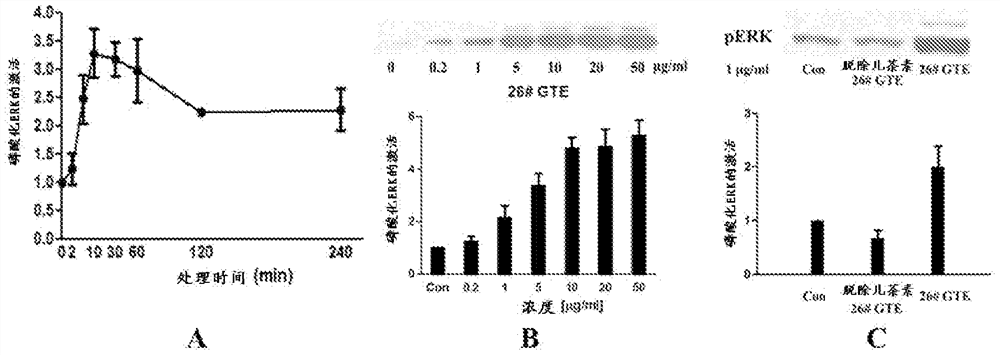A method for identifying the quality of tea
A tea quality technology, applied in the field of tea quality identification, can solve problems such as unstable quality of tea raw materials and difficult control of tea quality, and achieve the effect of clear standards, easy implementation, and standardized management
- Summary
- Abstract
- Description
- Claims
- Application Information
AI Technical Summary
Problems solved by technology
Method used
Image
Examples
Embodiment 1
[0023] Embodiment 1: Detection of ECG content in tea leaves
[0024] According to GB / T 8313-2008 "Testing methods for tea polyphenols and catechins in tea", the ECG content in tea was detected, and the methods and instruments used were fully implemented in accordance with this standard.
Embodiment 2
[0025] Embodiment 2: the preparation of tea water extract
[0026] 1. Take 5g of crushed tea leaves, brew with 100ml of boiling water, extract by ultrasonic for 15min, filter and collect the filtrate. Add 100ml of boiling water to the extracted tea residue again, extract by ultrasonic for 15min, filter and combine the filtrate, concentrate under reduced pressure at 40-60°C to a viscous state, freeze at -15°C--25°C for 4-12 hours, and then set The freeze-dried powder of the tea water extract is obtained after vacuuming for 24-48 hours in a freeze-drying machine at -60-80°C.
[0027] 2. Preparation of water extract solution: Dissolve the tea water extract in distilled water to prepare a concentration of 5mg / ml, and then dilute to 20, 100 and 500μg / ml with serum-free DMEM culture medium for use.
Embodiment 3
[0028] Example 3: Culture of LLC-PK1 cells
[0029] The porcine renal tubular epithelial cell line LLC-PK1 cells (purchased from ATCC, Cat. No.: CL-101) are derived from porcine renal tubular epithelium and are rich in NKA. They are the best cells to study the activation of ERK by ECG by acting on the cell membrane receptor NKA. Therefore, LLC-PK1 was selected as a cell model for the evaluation of ERK activation in tea samples. In the process of cell passage, the cell morphology and biological characteristics will change slowly due to the increase of passage number, so the passage number of LLC-PK1 cells used for the evaluation of tea-like activation of ERK is limited to within 12 passages.
[0030] LLC-PK1 frozen cells were thawed and seeded into 60mm culture dishes at a seeding density of 10 6 cells / dish. DMEM medium (Sigma) containing 10% fetal bovine serum (FBS, Atlanta Biologicals, Cat. No. S11550) and 1% penicillin / streptomycin (P / S, Fisher, Cat. No.: MT-30-002-CL) Co...
PUM
 Login to View More
Login to View More Abstract
Description
Claims
Application Information
 Login to View More
Login to View More - R&D
- Intellectual Property
- Life Sciences
- Materials
- Tech Scout
- Unparalleled Data Quality
- Higher Quality Content
- 60% Fewer Hallucinations
Browse by: Latest US Patents, China's latest patents, Technical Efficacy Thesaurus, Application Domain, Technology Topic, Popular Technical Reports.
© 2025 PatSnap. All rights reserved.Legal|Privacy policy|Modern Slavery Act Transparency Statement|Sitemap|About US| Contact US: help@patsnap.com



